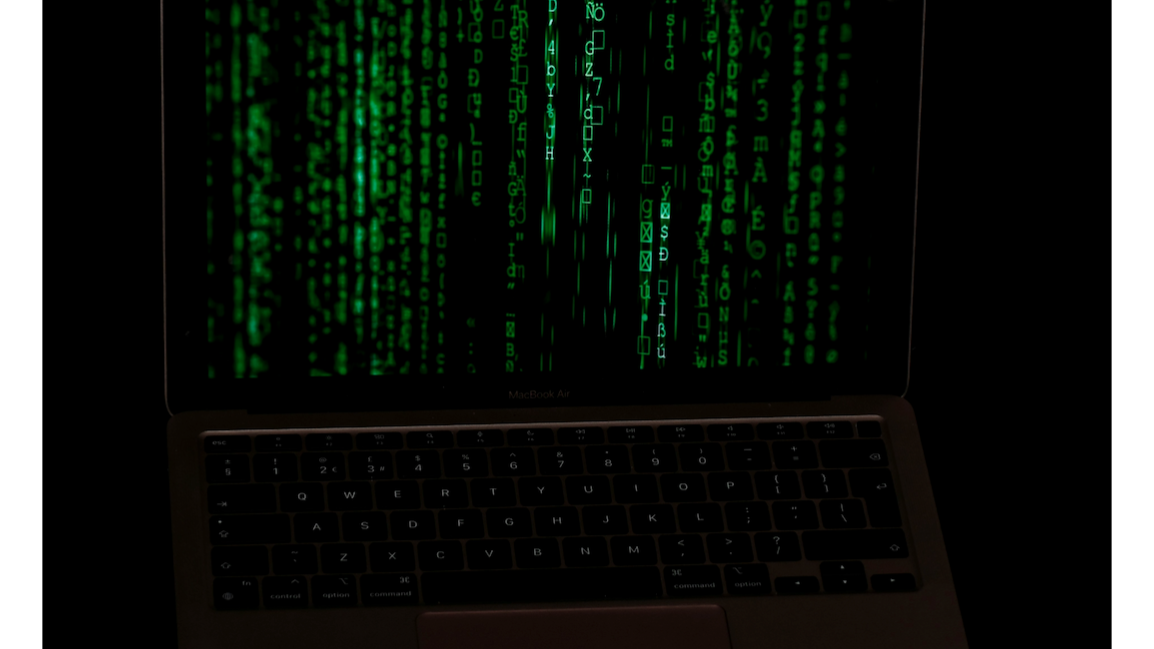 The security of our power grid is under siege. The rise of Distributed Energy Resources poses a significant threat, with potential for widespread disruption and cyberattacks. As the demand for electricity surges, ensuring grid stability becomes paramount. The upcoming cybersecurity regulations by the European Union, including the Radio Equipment Directive (RED) and Cyber Resilience Act (CRA), promise to fortify the resilience of energy infrastructure. This pivotal shift towards enhanced security measures will not only safeguard against malicious actors but also drive global compliance and innovation. Amid this transformation, Keysight Technologies stands ready to assist businesses in meeting these critical standards and securing the future of energy generation.
The security of our power grid is under siege. The rise of Distributed Energy Resources poses a significant threat, with potential for widespread disruption and cyberattacks. As the demand for electricity surges, ensuring grid stability becomes paramount. The upcoming cybersecurity regulations by the European Union, including the Radio Equipment Directive (RED) and Cyber Resilience Act (CRA), promise to fortify the resilience of energy infrastructure. This pivotal shift towards enhanced security measures will not only safeguard against malicious actors but also drive global compliance and innovation. Amid this transformation, Keysight Technologies stands ready to assist businesses in meeting these critical standards and securing the future of energy generation.
Ensuring Grid Stability in the Face of Evolving Energy Sources
The integration of Distributed Energy Resources (DERs) like solar, wind, and batteries into the power grid presents a dual challenge. On one hand, these renewable sources offer a sustainable energy solution; on the other, they introduce vulnerabilities that can be exploited by malicious actors. The increasing decentralization of energy generation, coupled with the intermittent nature of renewables, amplifies the complexity of grid management. As a result, the traditional model of centralized power plants is being replaced by a more dynamic and interconnected system, requiring robust security measures to ensure grid stability.
To address these challenges, regulatory frameworks such as the upcoming cybersecurity regulations by the European Union play a crucial role. The Radio Equipment Directive (RED) and the Cyber Resilience Act (CRA) are set to establish mandatory security certification requirements for digital products, including DERs. By enforcing authentication protocols and fraud detection mechanisms, these regulations aim to fortify the resilience of energy infrastructure against cyber threats. Companies like Keysight Technologies are poised to support businesses in complying with these standards through their specialized security consultation and evaluation services, thus contributing to the overall security and reliability of the grid.
The Global Impact of Enhanced Cybersecurity Regulations
The introduction of cybersecurity regulations by the European Union not only strengthens the security posture of energy infrastructure within the region but also reverberates globally. As vendors seek access to the lucrative EU market, they will be compelled to adhere to the stringent security requirements outlined in the CRA. This alignment of standards across continents signifies a significant shift towards a more secure and interconnected cyberspace. Companies operating in the energy sector must proactively prepare for these regulatory changes to ensure compliance and mitigate the risks associated with potential cyber threats.
In this context, partnering with a reputable evaluation service provider like Keysight Technologies becomes imperative for companies looking to navigate the complexities of security certification. By leveraging the expertise and resources offered by such specialized firms, businesses can streamline their compliance efforts and stay ahead of the evolving regulatory landscape. Moreover, the investment in security certification not only enhances the resilience of energy infrastructure but also minimizes the financial repercussions of data breaches and security incidents, ultimately safeguarding both consumers and the broader energy ecosystem.
Driving Innovation Through Security Compliance
While cybersecurity regulations are often viewed as compliance burdens, they also present an opportunity for innovation and technological advancement. By mandating security certification for digital products, regulators stimulate the development of more secure and resilient technologies, fostering a culture of continuous improvement and adaptation within the industry. Companies that proactively embrace these regulatory changes can position themselves as leaders in the field, gaining a competitive edge by demonstrating their commitment to security and reliability.
Through strategic partnerships with industry leaders like Keysight Technologies, businesses can not only meet the stringent security requirements set forth by regulatory bodies but also leverage these standards as a catalyst for innovation. By integrating security considerations into the design and development process, companies can create products that not only meet regulatory mandates but also exceed customer expectations in terms of reliability and trustworthiness. This dual focus on compliance and innovation not only enhances the overall security posture of the energy sector but also drives long-term sustainability and growth in a rapidly evolving market landscape.
Conclusion
In the realm of energy security, the rise of Distributed Energy Resources demands a proactive stance against cyber threats. As the European Union unveils robust cybersecurity regulations, Keysight Technologies emerges as a pivotal partner in fortifying grid resilience globally. Embracing these standards not only ensures compliance but also drives innovation, shaping a future where security and sustainability go hand in hand. Prepare, innovate, and secure the energy landscape – the time for action is now.